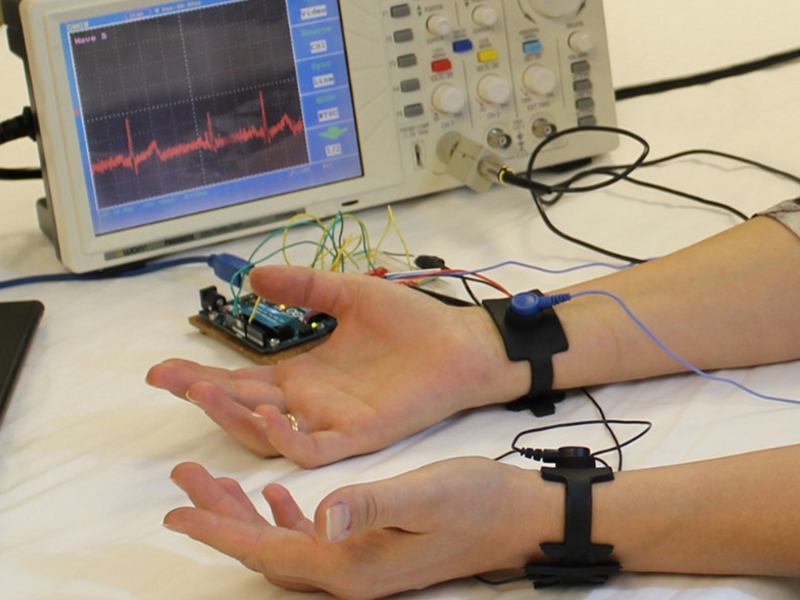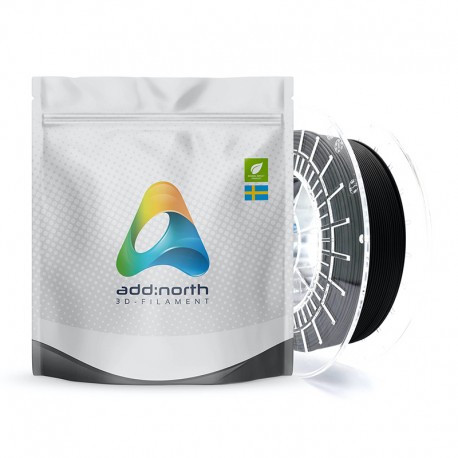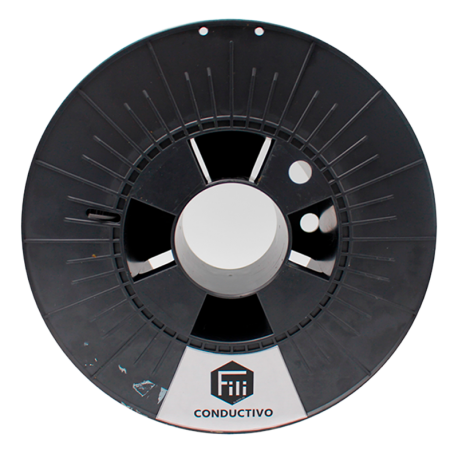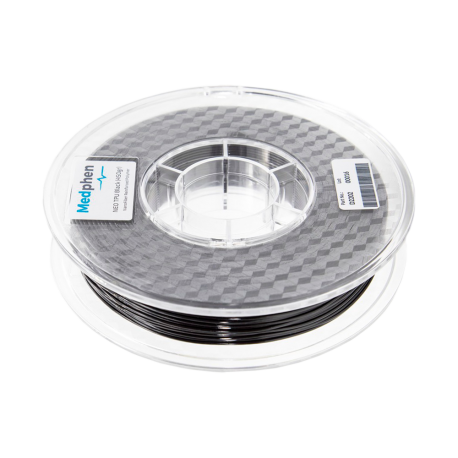
In 2016, after more than three years of research and development, the world of 3D printing marveled at the world's first graphene conductive filament manufactured by the US company Graphene 3D Lab. This company is specializing in the development of graphene products has just launched a new filament called G6-Impact ™ composed of HiPS, Graphene and Carbon Fiber and another new flexible and conductive filament with TPU base.

Image 1: Applications of graphene filaments. Source: Graphene 3D Labs.
Graphene conductive filament opened the doors to the obtaining of pieces with a high mechanical resistance and with a reduced volumetric resistivity, which allowed for the first time to create pieces with internally conductive traces electrically by 3D FDM/ FFF printing. This is really useful for applications like the creation of capacitive sensors, wearable electronics, or electromagnetic and radiofrequency shielding, among others.
To the already known Graphene conductive filament of PLA based, it has just added the new flexible conductive filament with base TPU. This filament offers two of the most coveted properties of 3D printing: Flexibility and conductivity.
G6-Impact™ filament is a composite with HIPS matrix and with Graphene and Carbon Fiber. The fusion of these three materials makes it possible to obtain an exceptional performance in shock and vibration damping. It is born to occupy a gap that doesn´t exist until now in industrial materials such as high resilience and shock absorption. It is also highly machinable, which makes it a material with a lot of potential in aeronautical, military and robotic applications.
Graphene filament is already a reality in FDM/FFF 3D printing, and thanks to Filament2print, the new filaments are already available for all Europe, which makes possible a world of possibilities. Since its beginning in 2016, 3D printing with graphenen filaments has gained momentum and now many more graphene materials are available, such as the Koltron G1 Graphene filament by AddNorth, the flexible conductive filament Fili created by Aimplas in collaboration with Filament2Print, or the Neo ABS and Neo TPU from Medphen.
















